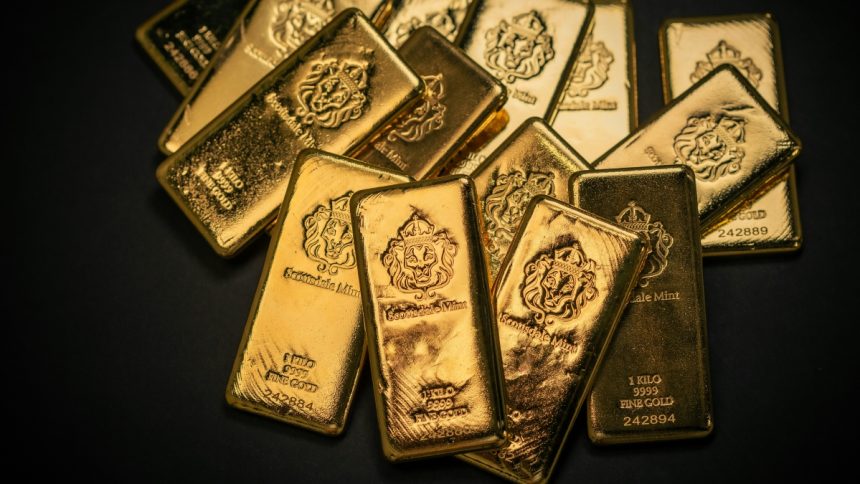Precious metals have been part of the financial system since the earliest human civilizations. Gold and silver were once the foundations of monetary exchange, and they persisted in that role until relatively recently, backing up the world financial system in one way or another right up until 1971.
To this day, governments, banks, and institutional investors continue to invest in bullion. The wealthiest organizations and individuals in the world believe in the power of gold and other precious metals to protect their wealth, and bullion is an option for everyday investors as well.
Not all investors have the same needs and priorities, but bullion can play an important role in your portfolio under the right circumstances. Investing in bullion has never been easier, thanks to guidance from bullion dealers like Global Bullion Suppliers. In addition to selling investment-grade gold and silver products directly to investors, they also provide free bullion consultations for first-time investors who want to learn the basics.
Physical bullion is an accessible investment, but the question remains: does it belong in your portfolio? These are the primary benefits that bullion can bring to your savings.
#1 Bullion Does Not Have Correlation to Stock and Bond Markets
Most investments take place in stock and bond markets. These are conventional assets that everyone from retail to institutional investors own. Stocks provide a riskier, growth-oriented investment strategy (although there is also diversity between different indices and companies that can meet other investment strategies), while bonds provide interest-driven growth and lower risks.
The issue with these markets is that they are prone to downturns. Although the S&P 500 has produced an average return of 10% per year, that’s just an average. There are years when growth is much higher, and years like 2008, when the stocks listed on the index lost 38% of their value, or 2022, when the benchmark fell by 19%.
Investors want the upside of rapid stock market growth but also want assets that won’t be affected by these massive downturns. Gold and silver have historically shown little correlation to stock and bond markets and are relatively insulated from these cycles.
#2 Bullion Retains Value Against Inflation
Inflation is the erosion of the value of money compared to the goods and services it’s used to purchase. Historically, while fiat currency has been prone to long-term devaluation (and in countries facing hyperinflation, that devaluation happens rapidly), gold has retained its value compared to money.
Many institutional and retail investors see bullion as a hedge against inflation and will dedicate a part of their portfolio to bullion to protect their wealth from the slow erosion of inflation without exposing it to the risks that come with stocks.
#3 Gold and Silver Are More Liquid Than Other Alternative Assets
When investors are looking for assets with the above two qualities, they have more options than precious metals. They can invest in real estate, commodities, or cryptocurrency, but these investments can be more expensive or time-consuming to sell.
The market for bullion is an active one, and there are always buyers ready to pay a fair market price for investment-grade gold and silver.
Lynn Martelli is an editor at Readability. She received her MFA in Creative Writing from Antioch University and has worked as an editor for over 10 years. Lynn has edited a wide variety of books, including fiction, non-fiction, memoirs, and more. In her free time, Lynn enjoys reading, writing, and spending time with her family and friends.















